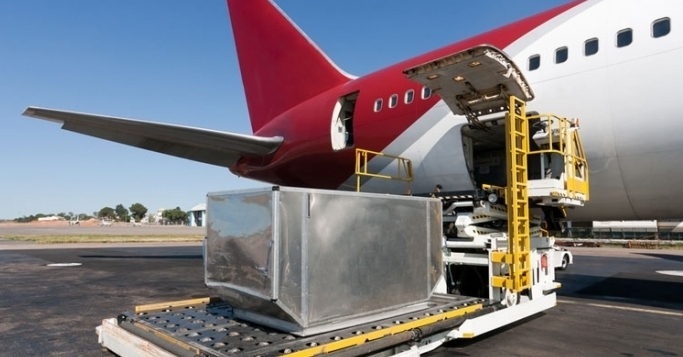Asia Pacific airlines saw 7.7% decline in July air cargo demand: AAPA
August 28, 2019: The Association of Asia Pacific Airlines (AAPA) figures for July reported a 7.7 percent fall in air cargo demand as measured in freight tonne kilometres (FTK).

August 28, 2019: The Association of Asia Pacific Airlines (AAPA) figures for July reported a 7.7 percent fall in air cargo demand as measured in freight tonne kilometres (FTK). AAPA attributed the fall to "mounting trade tensions and deteriorating business confidence".
The markedly lower demand, coupled with almost flat expansion in offered freight capacity, by 0.4 percent, led to a 5.2 percentage point decline in the average international freight load factor, to 58.9 percent for the month.
“Global trade conditions deteriorated further, as higher tariffs disrupted global supply chains, and Asian airlines saw international air cargo demand fall by 6.2 percent during the first seven months of the year. The weakness in air cargo markets is likely to extend into the coming months, unless we see some meaningful progress in trade negotiations," said Andrew Herdman, director general, AAPA.
On the passenger side, demand continued to grow moderately supported by business and leisure related travel, said AAPA.
The region's airlines carried a combined 32.5 million passengers, 3.4 percent higher year-on-year. Demand in revenue passenger kilometres (RPK) rose by 2.7 percent year-on-year, underscoring the relative strength of regional travel markets.
The available seat capacity also saw an expansion of 2.7 percent, leading to an average international passenger load factor of 82.4 percent for the month, unchanged compared to the same month last year.
"During the first seven months of the year, the number of international passengers carried by Asian airlines grew by 4.6 percent to a combined 219 million supported by the availability of competitive airfares and expanding networks. In addition, sustained expansion in major Asian emerging and developing economies fueled the appetite for international travel,” said Herdman.
Despite the falling numbers, AAPA's outlook for air passenger travel demand is "broadly positive, but with growth slowing, the region’s airlines are facing an increasingly challenging operating environment.”



